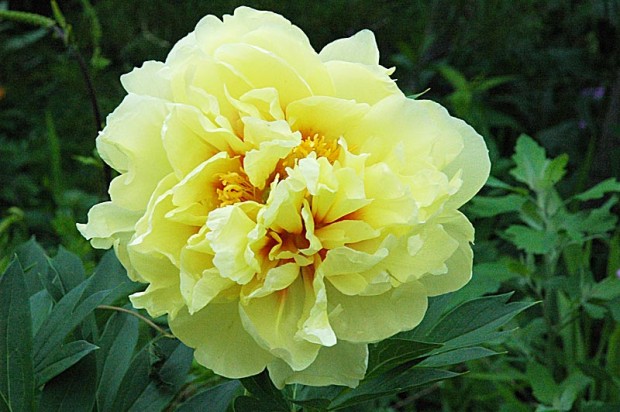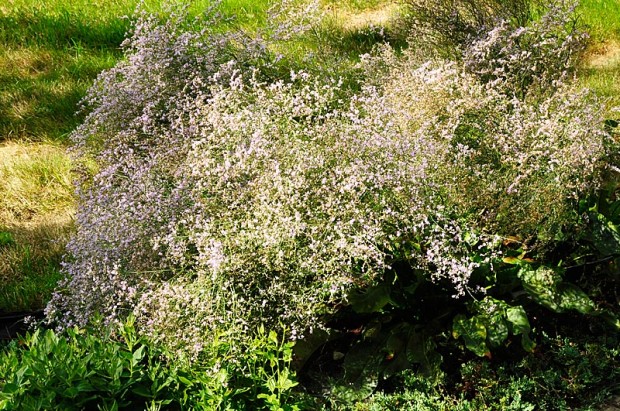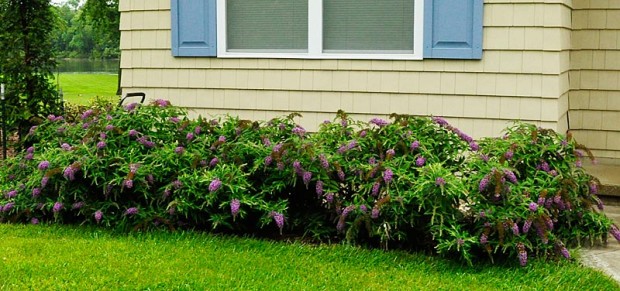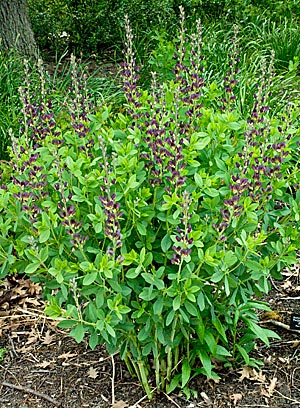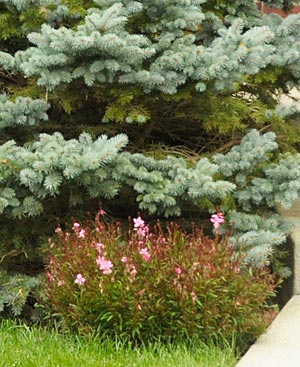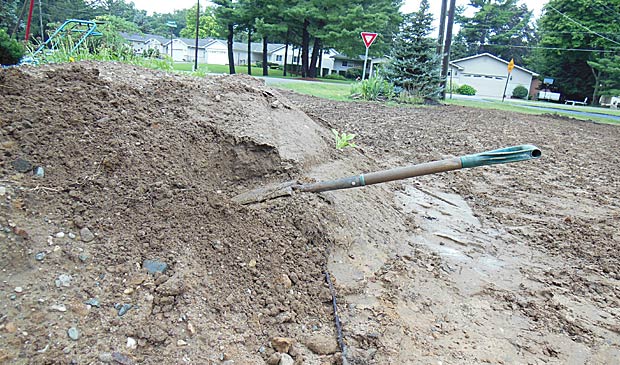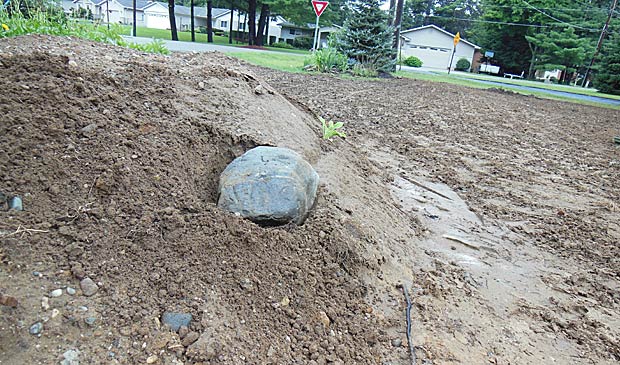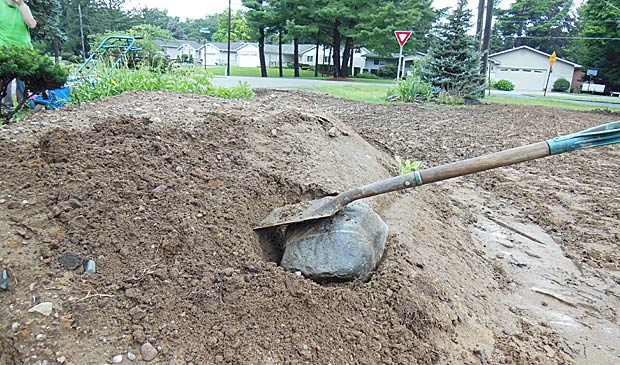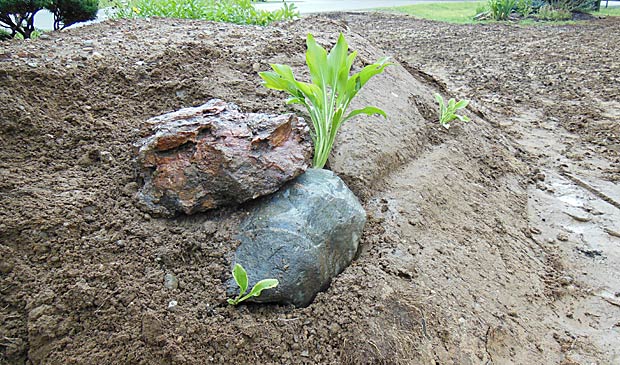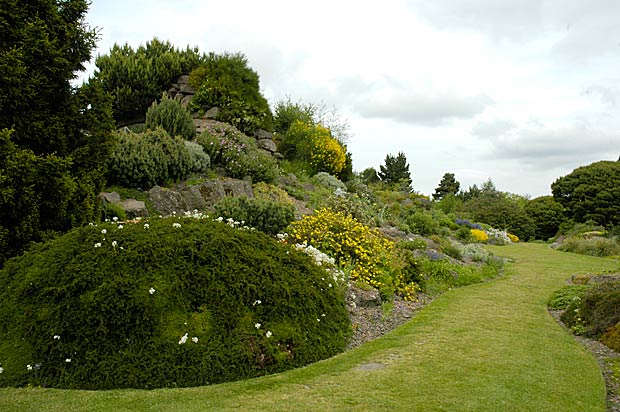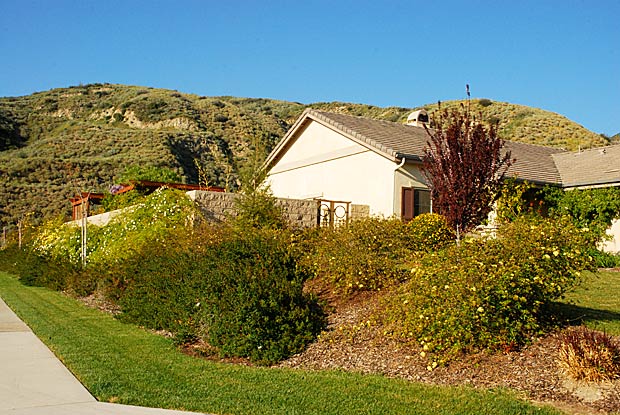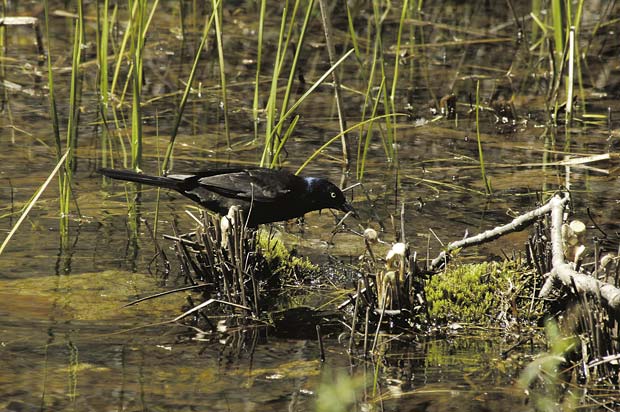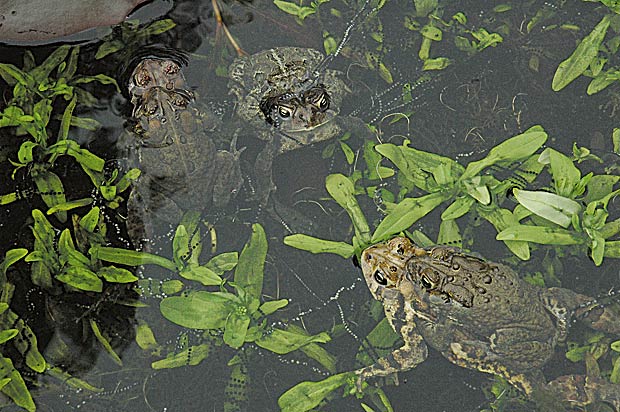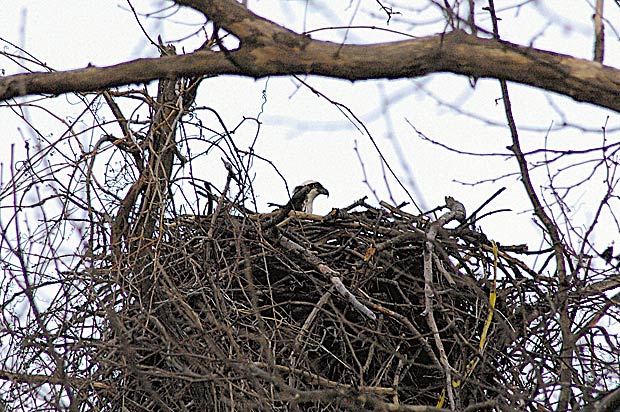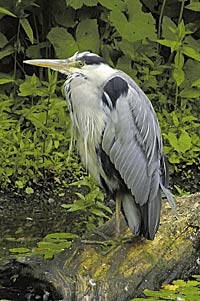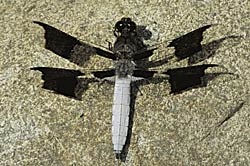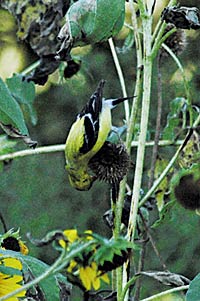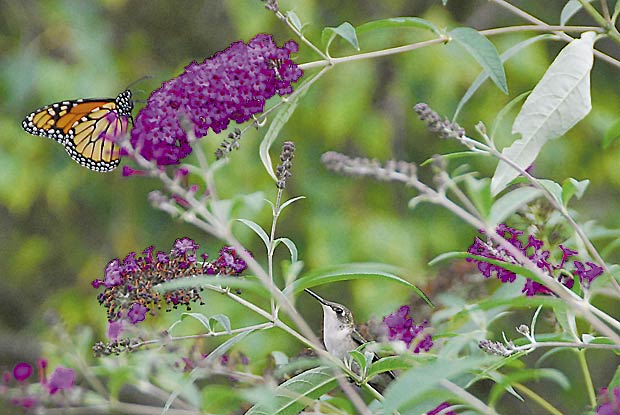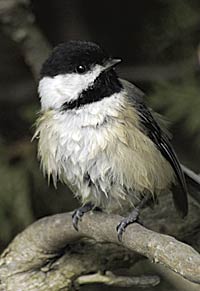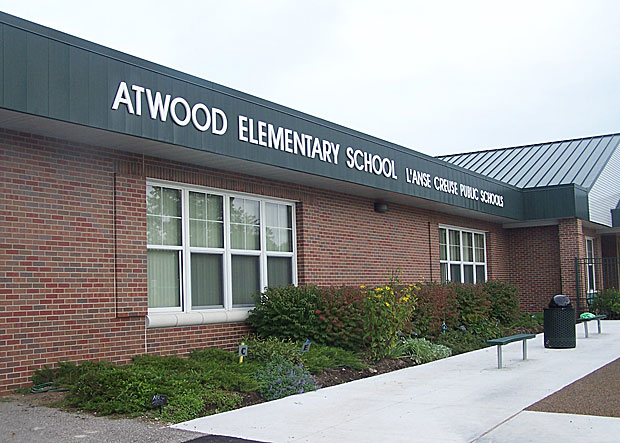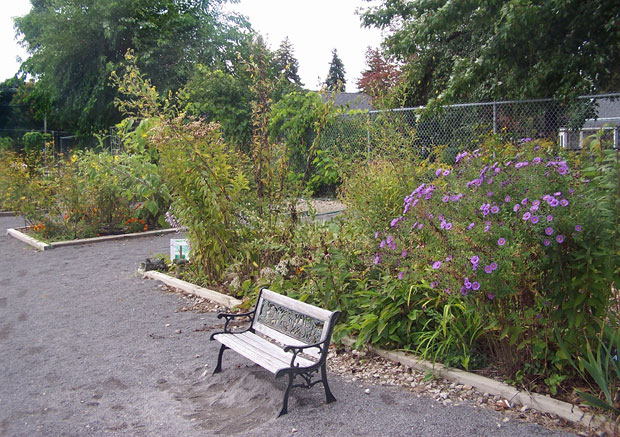New York Times:
GRAND RAPIDS, Mich. — The idea of building a year-round public market to tie the city’s skilled chefs to the region’s big complement of young farmers had already attained an air of inevitability by the time this Midwestern city held its first Restaurant Week three summers ago.
Next year, just in time for the fourth annual Restaurant Week, Grand Rapids is scheduled to open the $30 million, 130,000-square-foot Downtown Market, a destination that is expected to attract 500,000 visitors a year. The three-story brick and glass building, under construction in a neighborhood of vacant turn-of-the-20th century warehouses, is intended by its developers to be a state-of-the art center of commerce for the culinary arts and fresh local foods.

